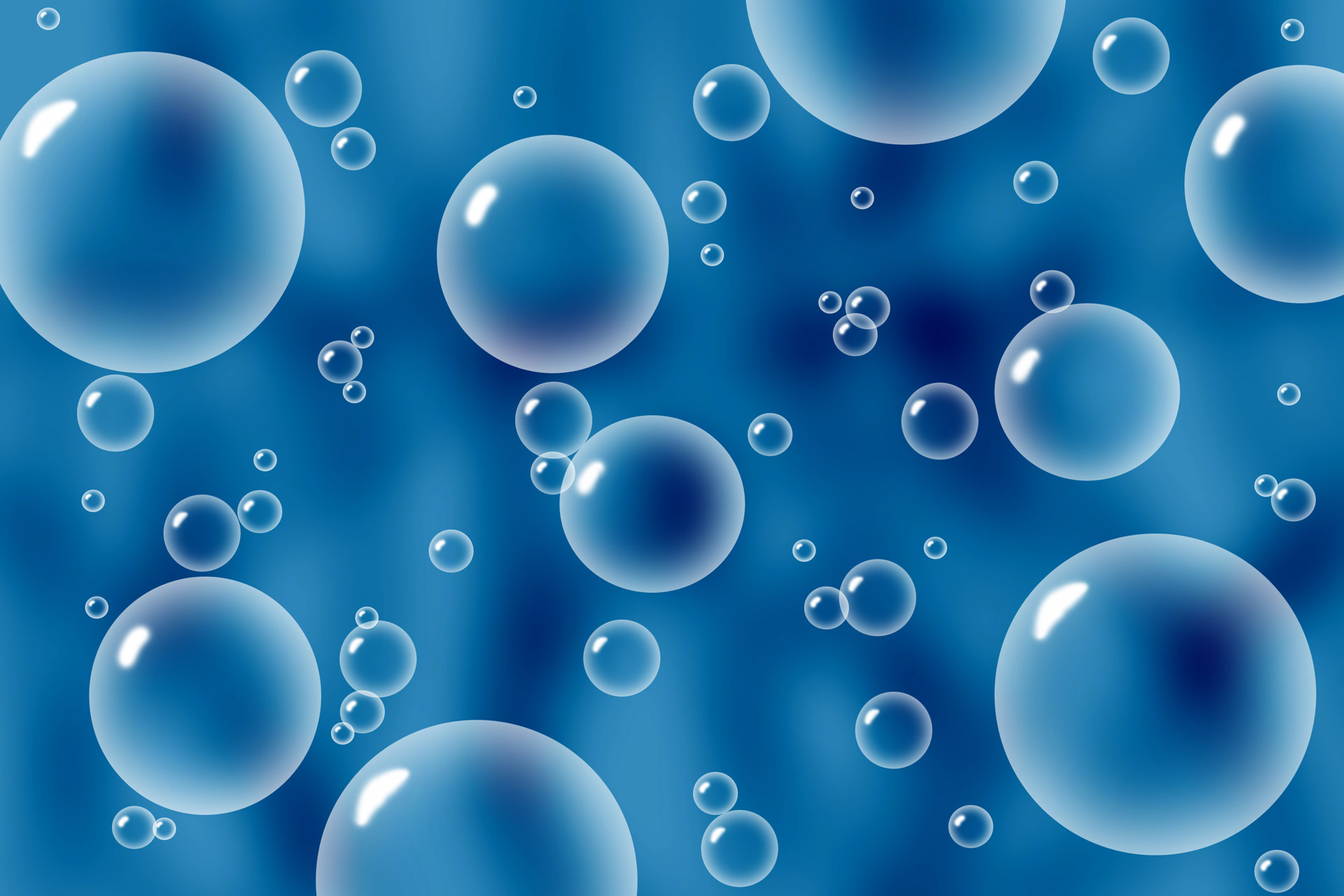In the serene environment of hospitals, where the gravity of life and death plays out in solemn tales, an unexpected parallel exists between the realms of physics and medicine: the phenomenon of bubbles. Although they may seem trivial, bubbles represent a profound intersection of physical principles and biological implications. The exploration of bubbles, particularly in medicinal contexts, unveils an intricate narrative that intertwines our understanding of science and health.
Bubbles can be seen as exemplars of surface tension, a fundamental physical force. Surface tension arises from cohesive forces between liquid molecules, creating a barrier that resists external forces. This phenomenon, intricate yet elegant, allows bubbles to form—their spherical shape resulting from the minimization of surface area. Within the confines of a hospital, this delicate interplay of physics finds curious manifestations. For instance, the use of ultrasound in diagnostic imaging utilizes the propagation of sound waves through various media, relying on the generation and collapse of microbubbles to visualize internal structures.
The interplay of bubbles in medical imaging leads us to the concept of contrast agents. These agents, often gaseous microbubbles, are injected into a patient’s bloodstream to enhance the echogenicity of an ultrasound scan. Here, the study of hydrodynamics comes into play, as the bubble’s behavior in viscous environments illustrates the principles of buoyancy and drag forces. This critical application demonstrates how a singular physical phenomenon serves as a bridge to illuminate complex biological systems. It is worth noting that the manipulation of bubble behavior can tailor imaging techniques to provide clearer, more accurate diagnostic data, ultimately influencing patient outcomes.
Moreover, as we delve deeper into the medicinal applications of bubbles, we encounter their role in drug delivery systems. The encapsulation of pharmaceuticals within lipid or polymeric bubbles facilitates targeted delivery. These bubbles, sometimes referred to as liposomes or nanoemulsions, can navigate the intricate capillary networks within the human body, releasing therapeutic agents directly to affected tissues. This targeted approach is a striking manifestation of synergy between physics and medicine—utilizing principles of diffusion and osmosis to enhance therapeutic efficacy while minimizing systemic side effects.
The clinical phenomena of cavitation—a process whereby bubbles rapidly form and implode in a liquid medium—offers another compelling illustration of interactions between bubbles and health. In various therapeutic modalities, such as lithotripsy, controlled cavitation is exploited to fragment kidney stones into manageable sizes. This process harnesses the energy released during bubble collapse, effectively utilizing it to break apart solid structures within the body. The application of cavitation exemplifies how fundamental physical principles can directly translate into therapeutic techniques that alleviate suffering and improve quality of life.
Another facet of the medical relationship with bubbles lies in their pathogenic potential. Bubbles can form in the bloodstream, commonly known as gas emboli. Such occurrences arise from rapid decompression, as experienced by divers ascending too quickly from depths. The formation of bubbles within the circulatory system can lead to catastrophic blockages, resulting in considerable morbidity. In this light, understanding the physics behind bubble formation and behavior becomes paramount for developing preventive measures. The study of behavior under varying pressures and buoyancies not only adds layers to the understanding of physical dynamics but ultimately informs guidelines for safe ascent during diving, thereby safeguarding health.
The metaphor of bubbles also extends into the psychological landscape of the hospital environment. Here, they symbolize the fragility of the human condition—life encased in a delicate, transient structure that can be easily disturbed. Just as bubbles burst, so too can human health disintegrate under sudden stresses or traumas. This metaphor evokes a deeper reflection on patient care, underscoring the necessity for a holistic approach that nurtures not only the physical aspects of health but also the emotional and psychological dimensions.
Furthermore, as we contemplate the future of bubbles in medicine, the advent of nanotechnology presents an exciting frontier. The manipulation of bubbles at the nanoscale opens avenues for enhanced imaging techniques and targeted therapies that were previously unimaginable. Ultrasonics and bubble dynamics play an instrumental role in this emerging technology, potentially leading to breakthroughs in treating diseases such as cancer, where precision is paramount.
The intricate relationship between bubbles and health elucidates the profound impact that fundamental physics can have on medical practice. It is within these seemingly innocuous entities that we find a compelling narrative of interconnectedness—where the physical laws governing bubbles inform medical imaging, therapeutic interventions, and even ethical considerations surrounding patient care. Bubbles, thus, emerge not merely as physical phenomena but as potent metaphors encapsulating the fragility of life and the complexities of medical science. As we continue to investigate these remarkable structures, we are reminded of the delicate balance between scientific inquiry and compassionate care that defines the essence of contemporary medicine.












